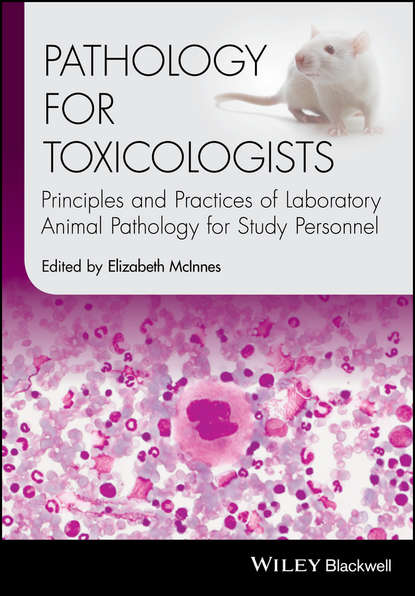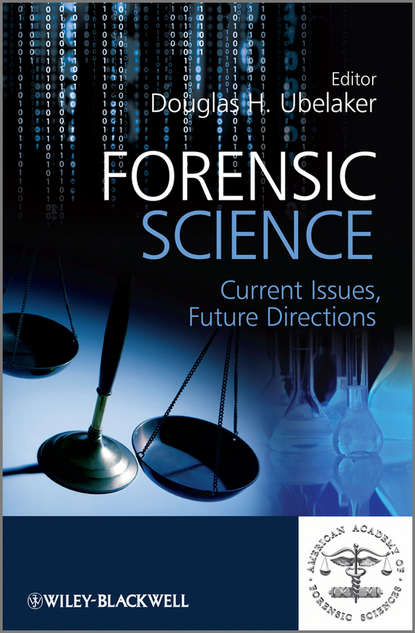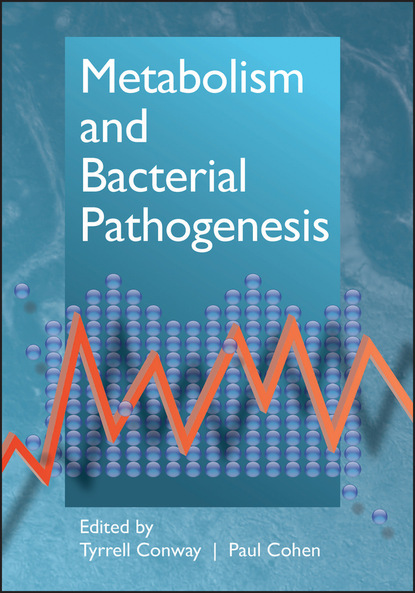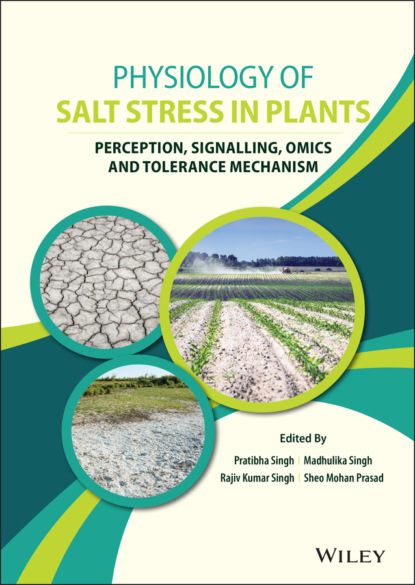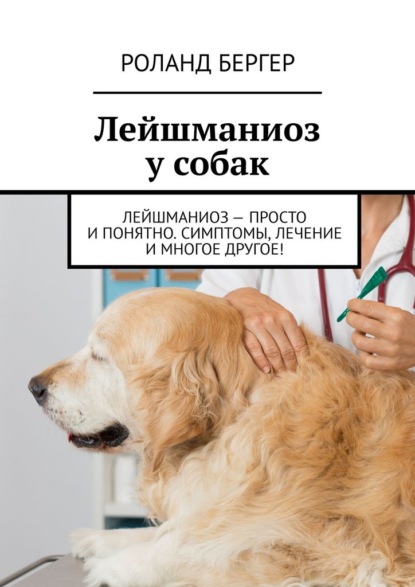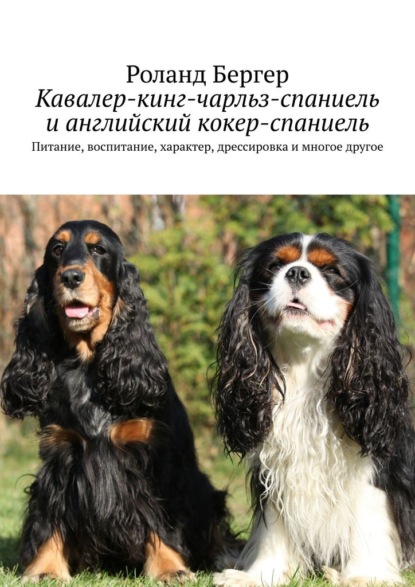Непатологам, таким как токсикологи и персонал исследований, может быть сложно понять данные, которые они получают от патологоанатомов. Токсикологические патологоанатомы пишут длинные, подробные и в высшей степени технические отчеты. Персонал исследований ежедневно находится под давлением, чтобы решить, являются ли поражения, описанные в патологоанатомических отчетах, связанными с лечением и, следовательно, важными для фармацевтической компании, или же это фоновые изменения и, таким образом, представляют небольшое значение. Написанная опытными токсикологическими патологоанатомами, книга "Патология для токсикологов: принципы и практика лабораторной патологии животных для персонала исследований" призвана восполнить пробел в понимании патологических данных, позволяя непатологам легче понимать патологоанатомические заключения, лучше интегрировать патологические данные в окончательные отчеты по исследованиям и задавать патологоанатомам уместные вопросы о тестируемом соединении. Эта краткая, полностью реферируемая книга в цвете подходит для токсикологов на всех этапах их обучения или карьеры, которые хотят больше узнать о патологии, встречающейся у лабораторных животных, используемых в исследованиях безопасности. Ключевые особенности включают важные главы о спонтанных и целевых органных поражениях у крыс, мышей, нечеловекообразных приматов, мини-свиней, кроликов и биглей, а также информацию об общей патологии, макроскопических поражениях целевых органов, вспомогательных патологических методиках, гематологии, биохимии и неблагоприятных эффектах. Книга содержит цветные диаграммы, объясняющие, как поражения вызываются либо внешними соединениями, либо спонтанно, анатомические вариации и фоновые поражения лабораторных животных, советы по отбору тканей, вскрытию, вспомогательным патологическим методикам и записи данных, главу о гематологии и биохимии лабораторных животных, цветные фотографии распространенных макроскопических поражений, встречающихся у лабораторных животных, и подробный глоссарий.
This monograph, designed especially for non-experts (toxicologists and other study personnel), knows how to explain the raw data provided by top experts (pathologists). Covering medico-legal, environmental and toxicological aspects, it plants a bridge between the crossroad of misunderstood pathology information and enables ordinary professionals to read pathology reports more accurately, achieve a better position regarding the integration of patho-anatomical results and form precise queries towards expert pathologists regarding experiments testing compounds. It is very convenient for both students and qualified pros of various levels seeking any clarification in this field dealing either with experimental animals or their pathological anomalies. Highlights: 1/ Spontaneous and target organ damage in rats, mouse, nonhuman primate, miniature pigs, rabbit, and beagle dog – information about comparative clinical material. 2/ General aspects and types of pathological examinations with a review of techniques commonly used. 3/The diseases, process and mechanisms of lethal and non-lethal symptoms found in laboratory experiments with toxins are illustrated through diagrams. 4 A wide glance at the sample selecting and later...in corporeal or postmortem examinations, as well as the other ancillary pathological diagnostics. 5/Concise chapters summarize red cell and plasma analysis and the biochemical condition of experimental animals. 6/ More than 90 photos display light-colored tangible proofs of conspicuous macropathological anomalies recognized in experimental laboratories. 7/A comprehensive dictionary containing detailed information of official terms.
Электронная Книга «Pathology for Toxicologists» написана автором Группа авторов в году.
Минимальный возраст читателя: 0
Язык: Английский
ISBN: 9781118755303
Описание книги от Группа авторов
Non-pathologists, such as toxicologists and study personnel, can find it difficult to understand the data they receive from pathologists. Toxicological pathologists write long, detailed and highly technical reports. Study personnel are under daily pressure to decide whether lesions described in pathology reports are treatment-related and thus important to the pharmaceutical company or whether the lesions are background changes and thus of little significance. Written by experienced toxicological pathologists, Pathology for Toxicologists: Principles and Practices of Laboratory Animal Pathology for Study Personnel serves to bridge the gap in the understanding of pathology data, enabling non-pathologists to more easily comprehend pathology reports, better integrate pathology data into final study reports and ask pathologists relevant questions about the test compound. This succinct, fully referenced, full colour book is suitable for toxicologists at all stages of their training or career who want to know more about the pathology encountered in laboratory animals used in safety studies. Key features include important chapters on spontaneous and target organ lesions in rats, mice, non-human primates, mini pigs, rabbits and beagle dogs as well as information on general pathology, macroscopic target organ lesions, ancillary pathology techniques, haematology, biochemistry and adversity. Pathology for Toxicologists: Principles and Practices of Laboratory Animal Pathology for Study Personnel includes: Colour diagrams explaining how lesions are caused by either external compounds or spontaneously The anatomic variations and background lesions of laboratory animals Advice on sampling tissues, necropsy, ancillary pathology techniques and recording data A chapter on the haematology and biochemistry of laboratory animals Full colour photographs of common macroscopic lesions encountered in laboratory animals A comprehensive glossary
